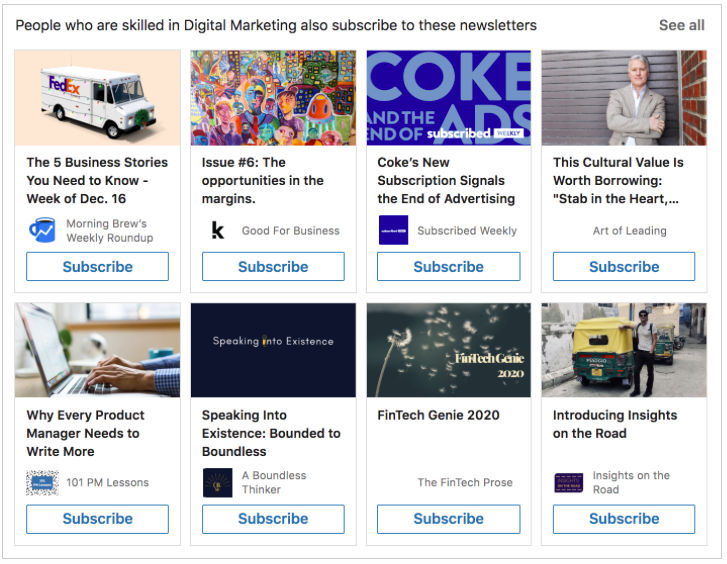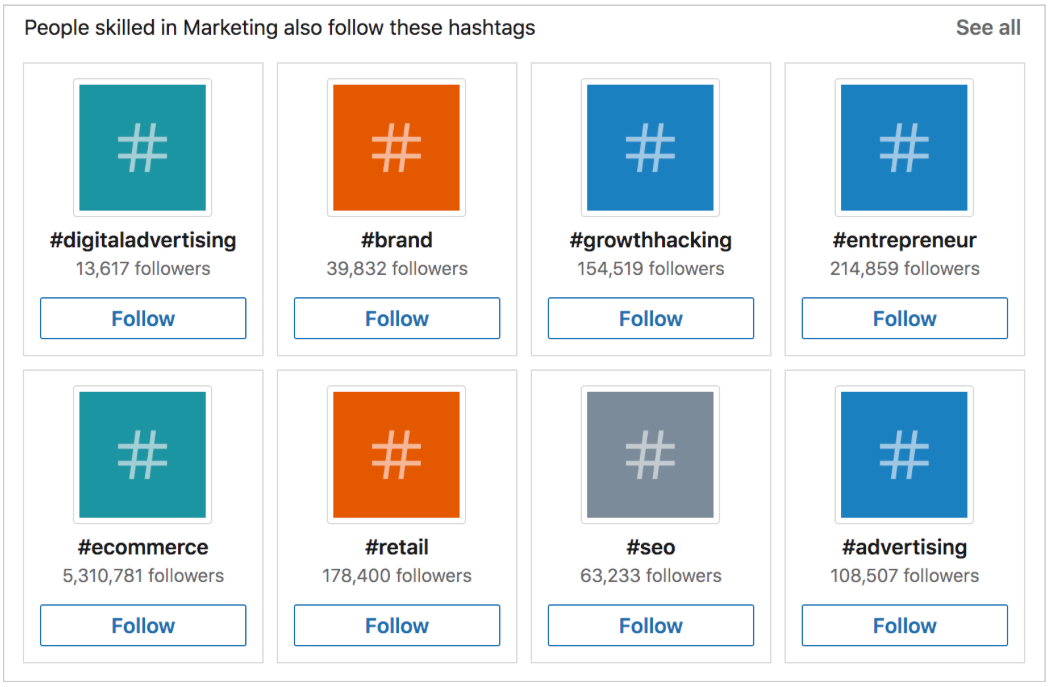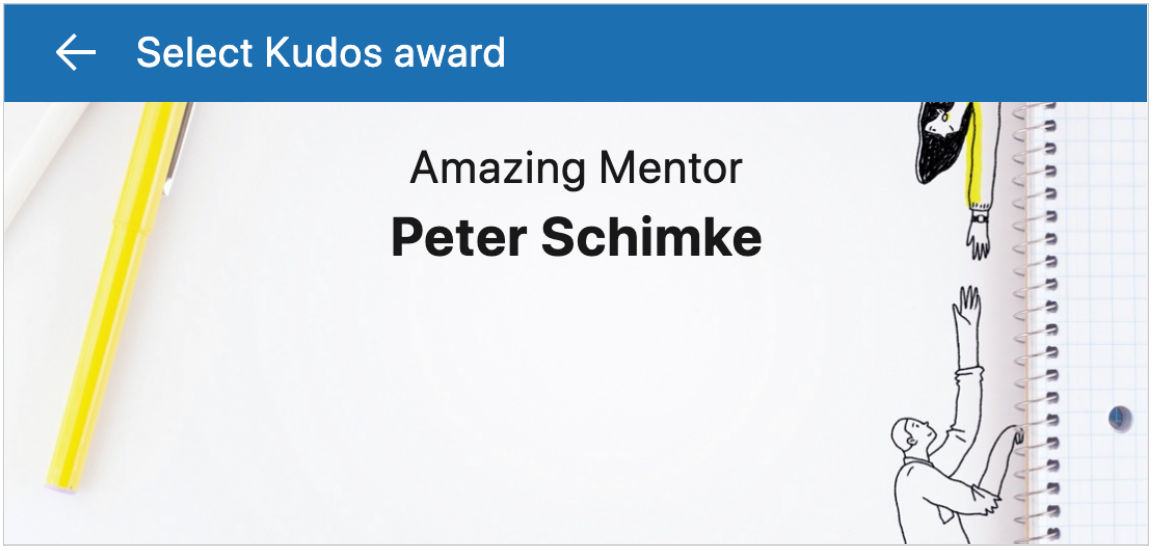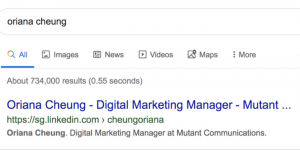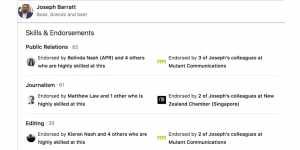Digital advances are transforming how we live, learn, work, and play – and the media industry is, of course, no stranger to how digitalisation is altering its landscape. Changing consumer behaviour and an increased hunger for instant gratification has forever evolved the way we view and digest content, moving slowly away from linear offline publishing and steam-rolling ahead towards multi-platform distribution models. The general consensus is “anytime, anywhere”.
In fact, annual growth of internet and active social media users in Asia Pacific (APAC) has increased by 10% and 12% respectively, according to the Digital In 2019 Report by We Are Social and Hootsuite. More consumers are constantly plugged in and being bombarded by information from virtually every platform possible.
With this, it’s no surprise the public relations and communications industry has grown more complex as we adapt to new forms of communications. As the go-between for the brand, media, consumer, and the wider community, PR professionals have to work closer than ever with their brands and clients to identify new storytelling opportunities that provide value to the audience, on the right platform, with the right approach.
The key connecting factor here is trust, which is imperative to building a good relationship between a brand and its audience – and this only becomes even more necessary during times of digital disruption. Yes, our job is to take a brand objective and create a palatable story that aligns with the broader business goals, but it’s also to provide guidance and counsel around sharing the right messages in an ethical and responsible manner.
As transparency comes under scrutiny and consumers slowly recognise the impact of #fakenews, PR professionals need to lead the way in un-blurring the line between fact and fiction.
PR should proactively combat fake news
Sensational news will always travel faster than the truth. In Singapore, according to a 2018 survey by Ipsos, four in five consumers were confident in their ability to spot fake news – but 90% were actually unable to distinguish the fake headlines from the real ones. With social media being a hotbed for misinformation – paired with APAC consumers’ high social penetration rate – users are vulnerable to being exposed to unverified sources of information all the time.
The good news is that consumers are aware of this threat. The 2019 Edelman Trust Barometer found 71% of Singaporeans rely on traditional media as a credible source of information – a five-year high – and 73% were worried about false information or fake news being weaponised. It’s great that the rising threat of fake news elevates trust in traditional media; the fact that The Straits Times has dedicated an entire section to debunking it is testament to how intrusive it is.
Better reporting is the way forward in the fight against fake news, and the pressure is on for media publications. Journalists have their work cut out for them in identifying credible sources and information as they implement improved fact-checking and research processes to ensure what is published is accurate. This presents a real opportunity for PR professionals to work collaboratively with journalists by providing accurate and timely information from our clients, building them up as thought leaders, which in turn helps journalists gain access to credible sources. Similarly, PR practitioners have the responsibility to proactively counter misinformation and take a stand whenever we spot something amiss.
Take last year’s Trump-Kim summit as an example, where we saw speculations from unverified sources on the earned media value. Our team at Mutant Communications saw the opportunity to reach out, armed with verified statistics through a client’s media intelligence platform to correct the statement in subsequent news syndications. PR professionals have an obligation to help journalists and the public identify facts, and in doing so foster a transparent relationship that builds trust organically.
Ethical concerns around paid influencer promotion
APAC is one of the most digitally active regions, and this has led to an increase in consumers who trust in influencers, vloggers, and social media celebrities for purchasing decisions, the latest report by Meltwater found. In fact, a report by Celebrity Intelligence shows 80% of respondents in SEA said influencers are pivotal in shaping their opinions and buying decisions. With this amount of clout, it’s no surprise there’s a growth in paying key opinion leaders (KOLs) to create content promoting a brand.
As PR practitioners, we have taken product-centric briefs from clients who want to engage KOLs, with the main objective being to sell as many items as possible. While KOLs do have a role to play, PR professionals have a duty to guide clients in making smart choices when working with them. It’s not enough for clients to simply pay a bunch of KOLs to spread their message – the onus falls on PR professionals to educate clients on how they can pick the right people, platform and timeline to run with their message.
Similarly, consumers are savvy, and can easily identify when someone is being paid to sing praises. However, it’s not always clear if a post is organic, or if it’s a masked, sponsored ad – and consumers should be given enough context to know immediately if the post’s objective is to spark a specific purchasing behaviour.
Don’t be afraid to say “no” if it means doing what’s right
Numerous agencies will probably disagree with our approach here, but we believe it’s okay to take a stand and voice disagreements when it comes to servicing clients that go against the company’s values, or if there is a disagreement on what is ethical and what isn’t – even if it means losing the business.
For example, we have walked away from a potential client who wanted to front-foot an anti-LGBTQ agenda across Singapore, and we’ve also said no to clients who were willing to pay us to set up fake profiles and write fake reviews for a product. We also regularly speak up if clients ask us to “fudge the numbers” or want us to play a part in spreading a mistruth as part of a media pitch (thankfully, this doesn’t happen very often!) We are not and should not act as mouthpieces for clients. So, rather than acquiescing to the demands, PR professionals should educate clients on how they can drum up thought leadership the right way.
For instance, I worked with a company that sells child passenger safety products – a huge issue where Singapore is lagging behind its OECD counterparts. We created a comprehensive PR and content strategy around the importance of using age and weight-appropriate child restraints, and by building a steady pipeline of educational content, we converted many of their customers into huge advocates for children’s ride safety. These advocates then championed our client’s messages unprompted across various parenting forums in Singapore, resulting in a direct uptick in sales.
At the end of the day, nothing erodes trust faster than being lied to. As PR professionals we are the messengers between all stakeholders, and it’s our job to safeguard the transparency between them.
Truth is our greatest currency, and we have a great responsibility to communicate with honesty. Let us play a part in shaping ethical brands and businesses by making truth and transparency their core values.
This essay is the winning entry for the inaugural PRCA SEA Future Leader Award, where PR and communications practitioners aged 25 and under were invited to submit essays focused on the role played by the PR and communications industry in building trustworthy businesses in a digitally disruptive age.
The essay can also be read here.
Need help forging trusting relations with your customers? We can certainly help, if you write to us at [email protected].

 Impress your LinkedIn connections. (Source: LinkedIn)
Impress your LinkedIn connections. (Source: LinkedIn)